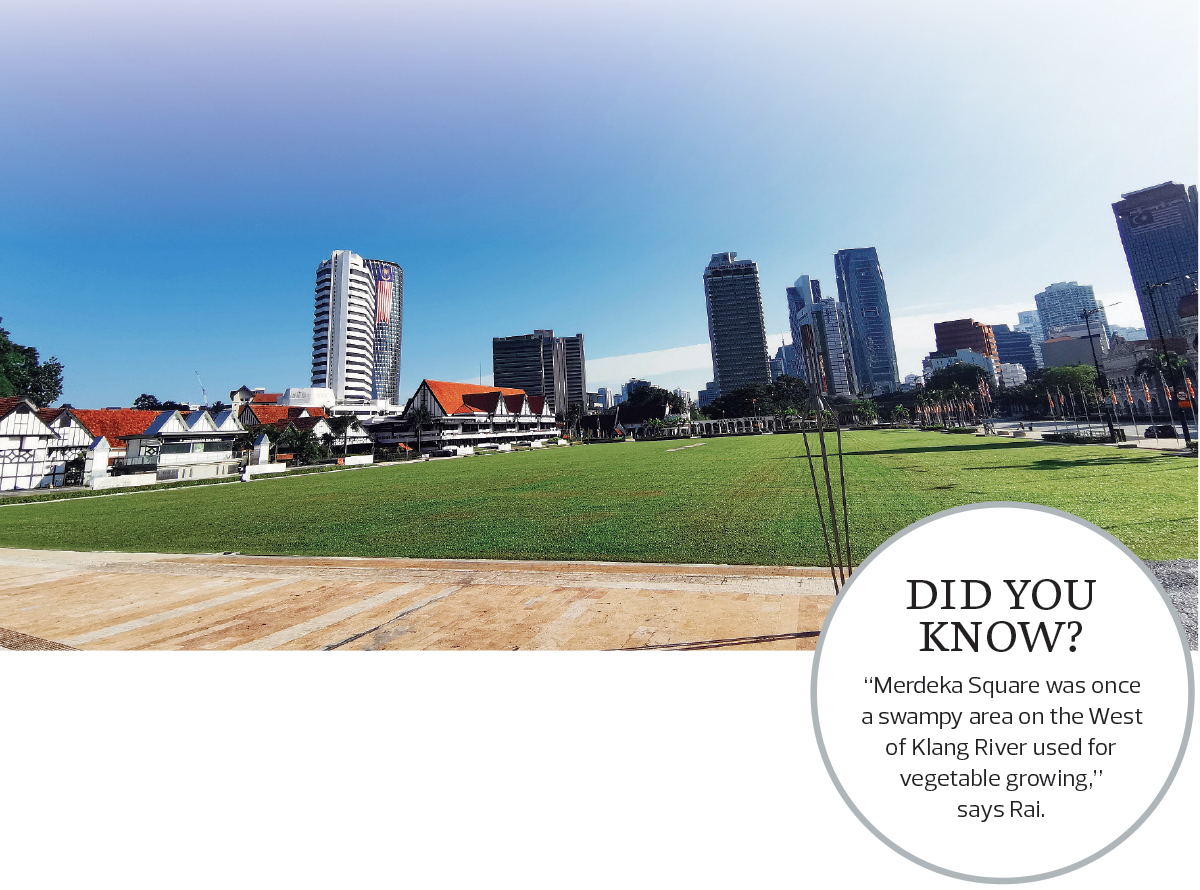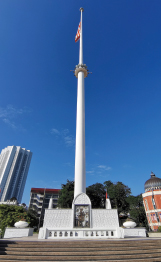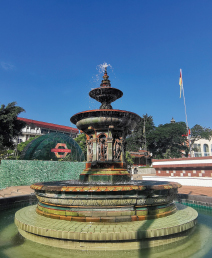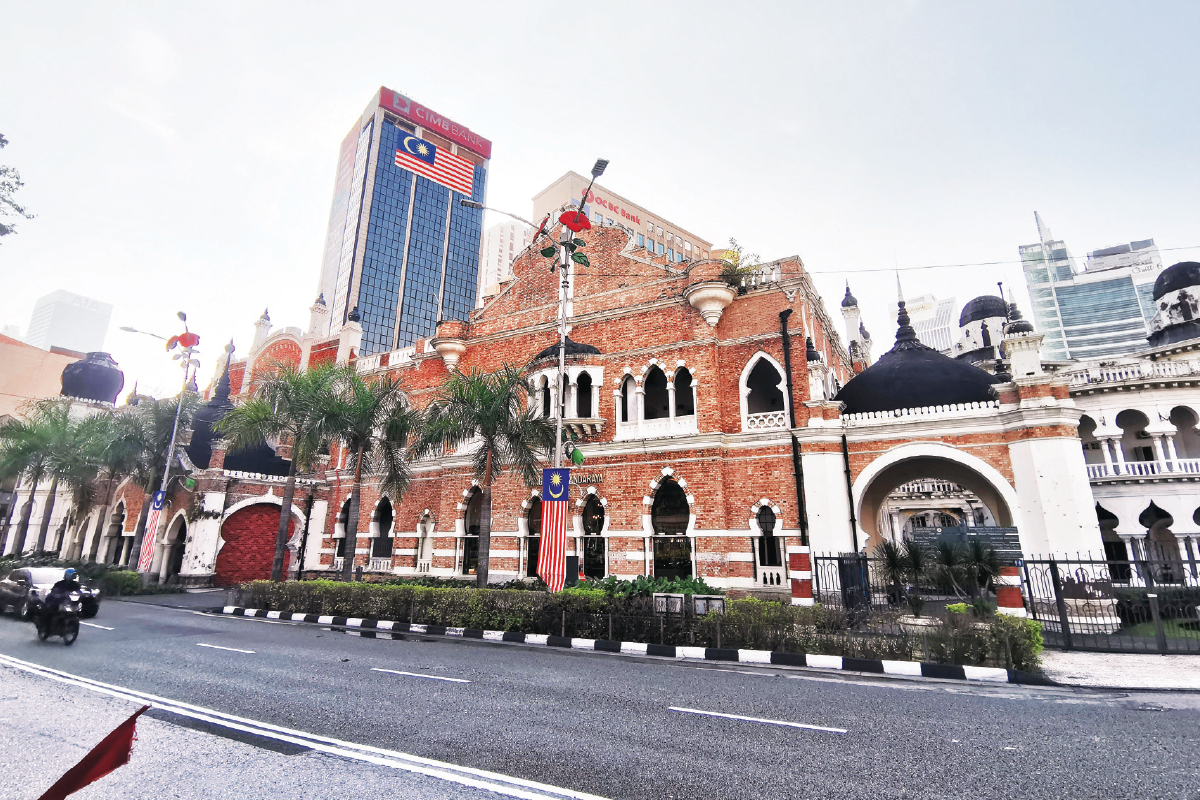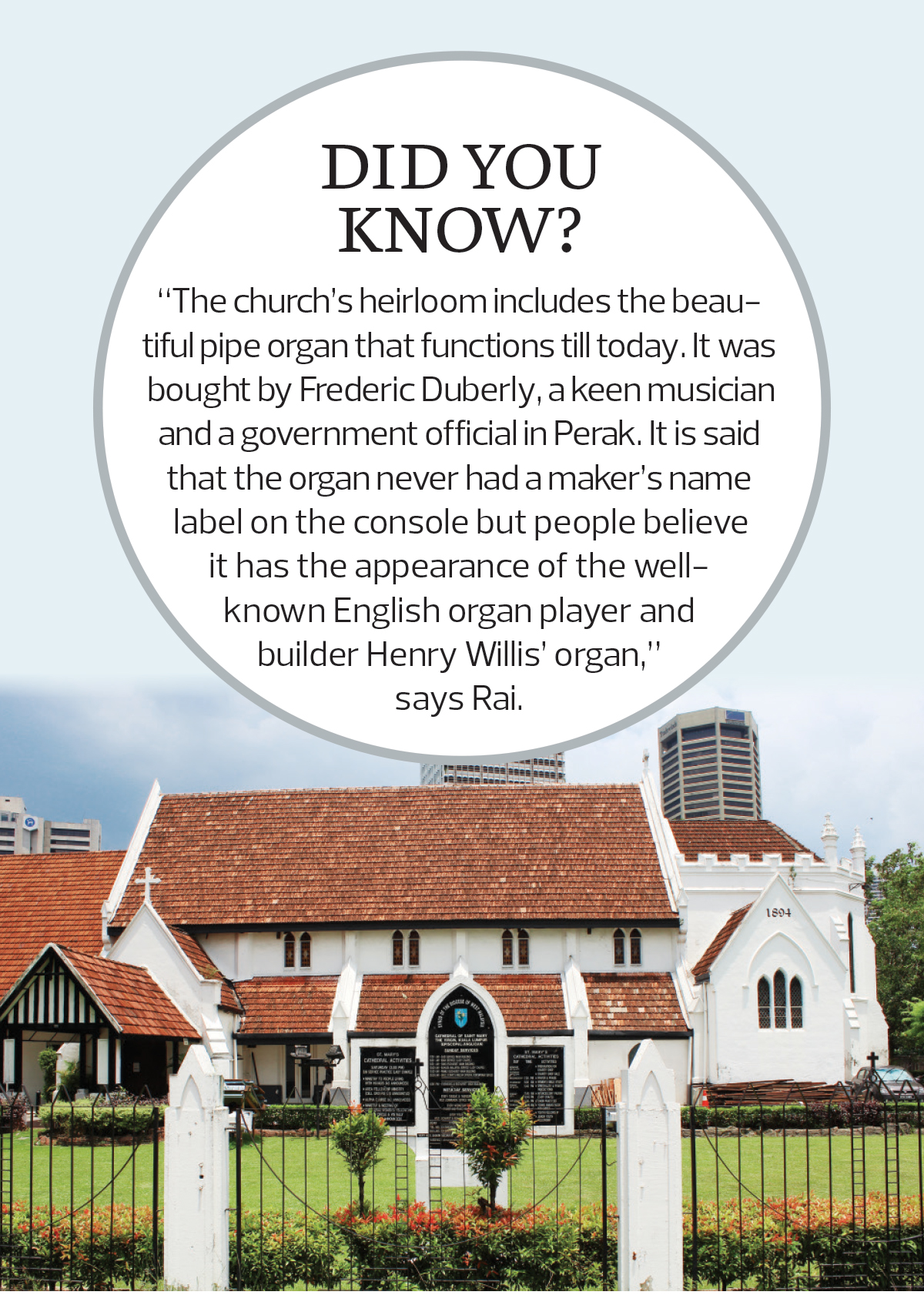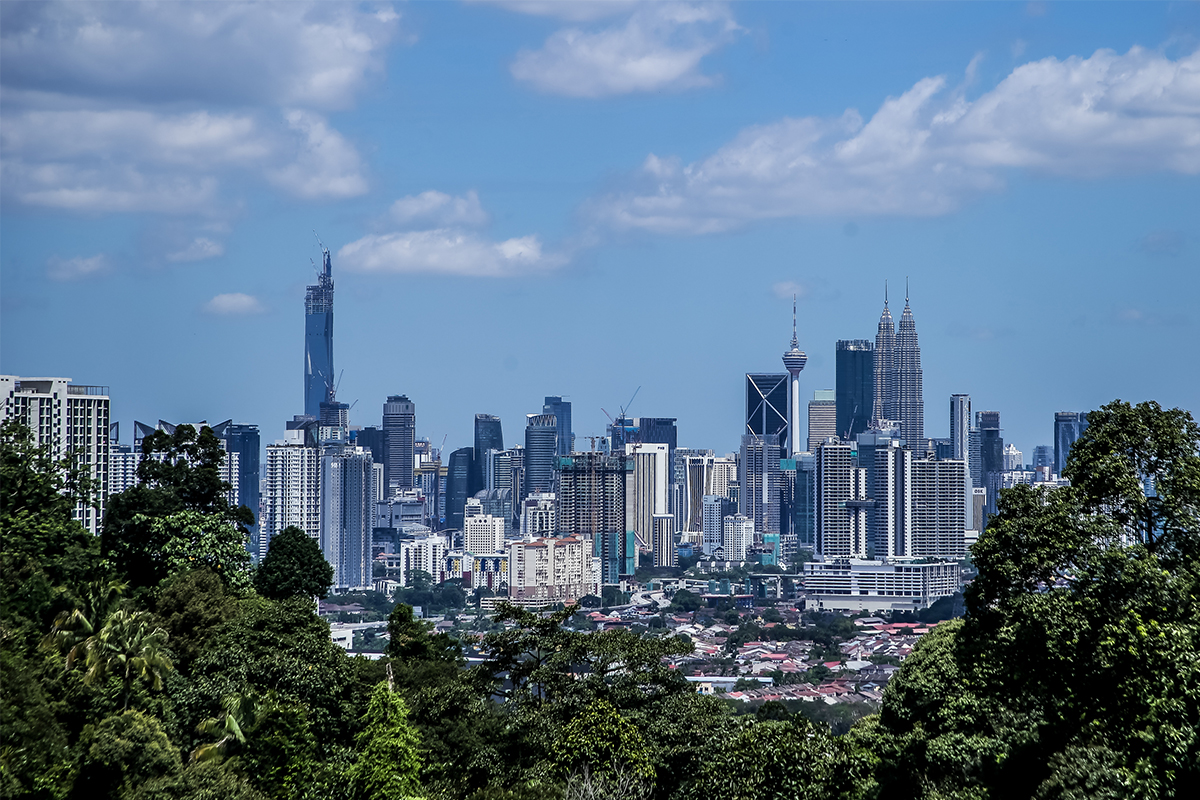
This article first appeared in City & Country, The Edge Malaysia Weekly on August 30, 2021 - September 5, 2021
In conjunction with Malaysia’s 64th Independence Day, and Malaysia Day, we will explore the heritage trails of several major cities in the country over the next few weeks, starting with Kuala Lumpur, or KL, as it is fondly known.
KL may have gained popularity with its impressive modern megastructures, but historic landmarks are the main reason why tourists love this former mining town. We take a look at the Dataran Merdeka Heritage Walk, which includes famous colonial-era landmarks clustered in a compact area surrounding Merdeka Square.
1 Kuala Lumpur City Gallery
The Kuala Lumpur City Gallery (KLCG) is housed in a historical building that was once the Selangor Government Printing Office. The latter started out as a small printing office in the early 1890s at the instruction of British colonial administrator William Maxwell. It was built to meet the administrative needs of Kuala Lumpur, the newly founded capital of the Federated Malay States.
With a staff of compositors and machine operators, the first gazette for Selangor was produced. Other printing materials included government official books, reports, newsletters and train tickets. In 1986, Kuala Lumpur City Hall bought the building and renovated it to house KL’s first public library. Now, the Kuala Lumpur City Library sits in a separate building next to the KLCG.
According to klcitygallery.com, architects from the Public Works Department, Arthur Charles Norman and Regent Alfred John Bidwell, designed the building based on neo-renaissance principles, with exposed bricks, plastered columns and large semi-circular windows decorated with keystones.
The KLCG is an interesting tourist information centre, where one can find out more about the city’s history in an interactive and fun way. The gallery tells the story of KL’s past and present as well as future plans via a vast collection of old maps and photos, along with miniature mock-ups of famous city landmarks. It is strategically located in the heart of Dataran Merdeka, fronting the 100m flagpole, according to visitselangor.com.
3 The former Union Jack Flagpole
The historic flagpole is located at the West side of Dataran Merdeka fronting the Sultan Abdul Samad Building. It was the site where the Union Jack or Union Flag — the national flag of the UK — was lowered for the last time on Aug 30, 1957, at midnight to mark the end of British rule in Malaya and immediately thereafter, the Malayan flag was hoisted for the first time to mark the independence of Malaya, according to Rai.
5 National Textile Museum
Situated within Merdeka Square along Jalan Sultan Hishamuddin, the National Textile Museum is housed in the century-old Federated Malay States Central Railways Offices. The building in Mughal-Islamic architectural style, completed in 1905, was designed by the English architect and soldier Arthur Benison Hubback.
According to muziumtekstilnegara.gov.my, the museum is unique and traces the development and trend of textiles that have characterised and shaped the lifestyle of the people of Malaysia as early as the prehistoric era right up to modern times. Comprising four distinctive galleries — Pohon Budi Gallery, Pelangi Gallery, Teluk Berantai Gallery and Ratna Sari Gallery — on two floors, it showcases the process and technology involving textiles and houses exquisite collections of traditional apparel, accessories and textiles in Malaysia.
7 Panggung Bandaraya (City Theatre)
Completed in 1904, Panggung Bandaraya is a historical theatre hall located opposite Dataran Merdeka. It was built during the British colonial era by English architect and soldier Arthur Benison Hubback.
According to visitselangor.com, the building was the former headquarters of Kuala Lumpur Municipal Council and the office of Tan Sri Yaacob Latiff, the second mayor of KL. The theatre is the oldest in KL and has been gazetted as a heritage building under the Antiquities Act, whereby its Moorish façade has been preserved. The venue is used to host theatrical productions, including operas, musicals and plays.
9 Royal Selangor Club
The Royal Selangor Club — one of Asia’s oldest sporting institutions — was established in 1884. It started out as a tiny wooden building with an attap roof and was a meeting point for the educated and high-ranking members of privileged British colonial society. Membership to the club, however, was primarily determined by high educational and social standards and not by race or citizenship, according to rsc.org.my.
According to expatgo.com, the club’s building was replaced by a two-storey structure on the West side of the Padang, now known as Dataran Merdeka, on the present site of the club in 1890. Cricket, rugby, hockey and football matches were often played at the club’s Padang. The building was later redesigned and rebuilt in 1910 in a mock Tudor styling, with two additional wings on either side of the main building.
The club was granted a royal charter by the Sultan of Selangor in 1984 and thereafter came to be known as Kelab Diraja Selangor or Royal Selangor Club. It has since expanded to the prime residential district of Bukit Kiara with the opening of the Royal Selangor Club’s Kiara Sports Annexe in 1998. Today, the premier club continues to provide members with sporting and social facilities.
Save by subscribing to us for your print and/or digital copy.
P/S: The Edge is also available on Apple's App Store and Android's Google Play.



